Design Philadelphia is a local non-profit organization whose mission is to “foster a vibrant design community from K through Career committed to excellence, inclusivity, and connections through multidisciplinary design education, our annual festival, and public programs”. Over the years, Textile Design professor Meghan Kelly and Dean Marcia Weiss and several grad students of School of Design, Education, and Engineering have volunteered with Design Philadelphia to teach textiles to school kids in the hopes of broadening their understanding of the opportunities in design. In Fall 2024, Meghan volunteered with Shilpa Barua, Textile Technology, and Zariah Brown, Textile Technology. For six weeks, each Thursday the three volunteers would travel to Bregy Elementary school in South Philly and bring with them boxes of materials for learning knitting, weaving, and printing. The Bregy students embraced this activity and created mood boards, prints, finger knits and hoola hoop weavings. The essay below relates the experience from Shilpa’s perspective.
While spending one fine, warm day in South Bend, Indiana, I received an email on my Outlook account from the Department of Textile Design about an exciting opportunity. This was a call to share my experience and knowledge about textiles from my perspective and pass it on to younger minds.
I had always been drawn to teaching and sharing my knowledge based on my experience. I instantly wanted to join the team of textile enthusiasts led by Prof. Meghan Kelly.
Even though I was excited to curate and present textile projects to younger students, I was a little nervous, as it was my first time teaching and mentoring in a classroom—and in a different country, no less.
My fears began to fade as we were required to take volunteer clearance certificate exams. There, I learned the rules and code of conduct for regulating a class, which was indeed helpful. We were systematically guided by the team at Design Philadelphia on what to expect and how to conduct a class. It was an insightful induction, offering expertise from school teachers and professionals on how young minds work and how to make learning easier and more enjoyable for them.
During that meeting, we were introduced to our assigned school and the class teacher who would be assisting us throughout. For us, it was Mr. Owen—a very energetic and dedicated teacher. After discussion, our team concluded that we would teach and inform the kids about textiles through both scientific and creative approaches. This was a challenge, but we were up for it, thanks to our wonderful team of textile designers and engineers.
Once the semester started, my teammates and I began working on curating class supplies. We held meetings every week to ensure that we were providing the kids with insights from both worlds. When teaching kids, the biggest challenge is capturing their attention and sparking their interest in a subject they have never encountered before.
Our first class was an introduction—an icebreaker to familiarize them with us as “textile people.” Then, we began our journey with storytelling and fun activities that encouraged them to think about textiles. Each week, we were eager to see their reactions and enthusiasm for their creative take on the subject, and we were amazed by their progress. Indeed, the way children perceive the world can change your own perspective, and this was my first time experiencing that in person.
Some days, their responses brought joy, while other days led to introspection—pushing me to improve as a storyteller and guide. I cherished every session with them.


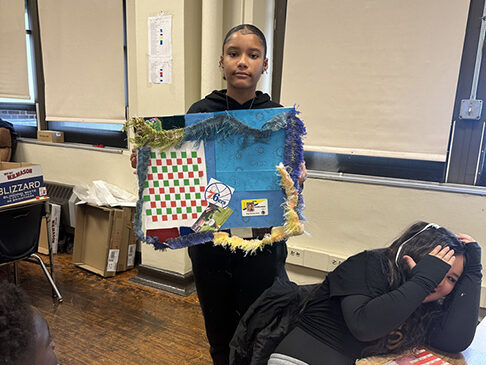
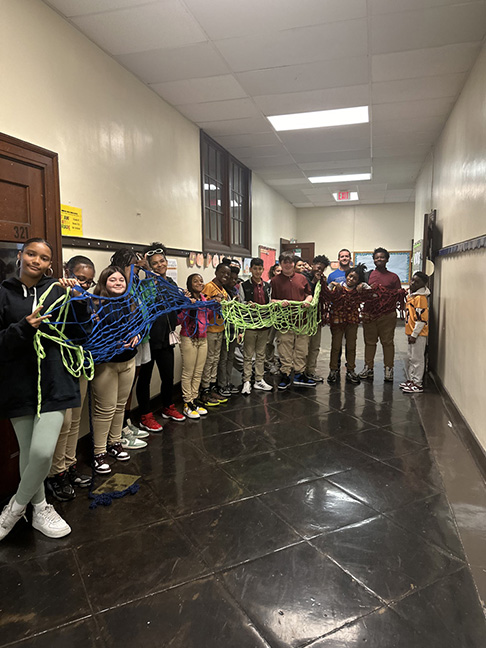
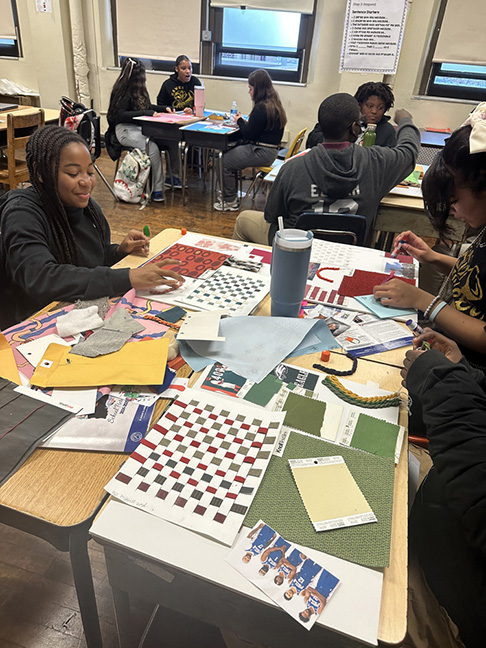
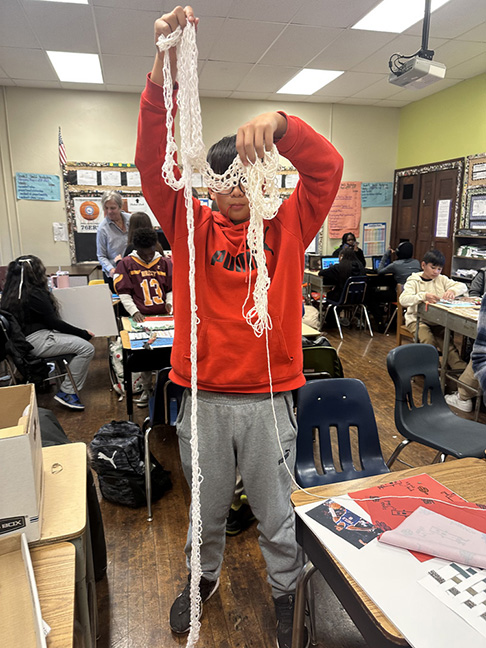
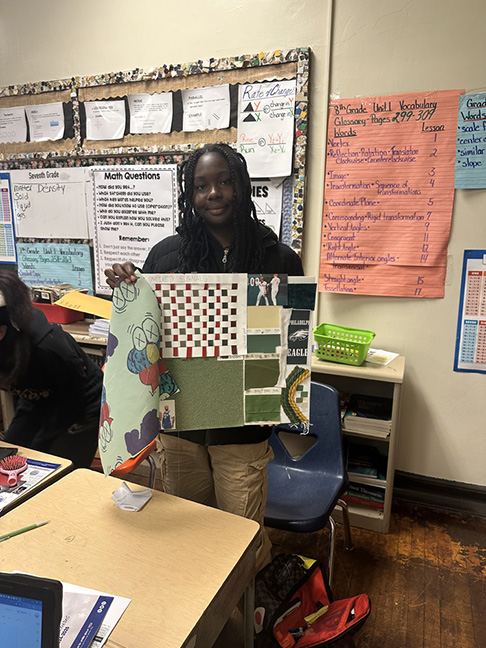
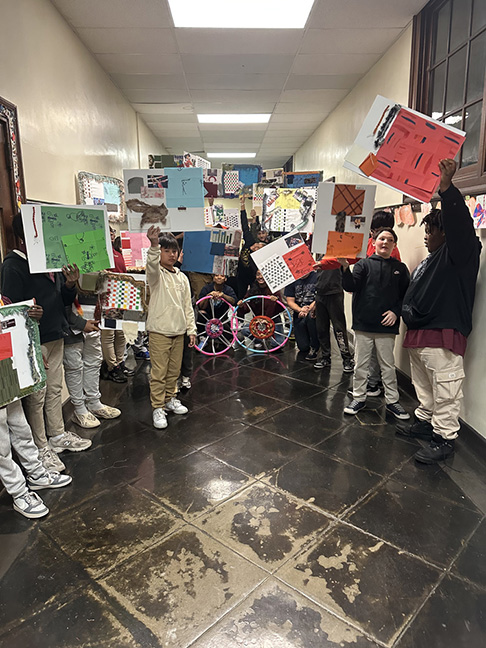
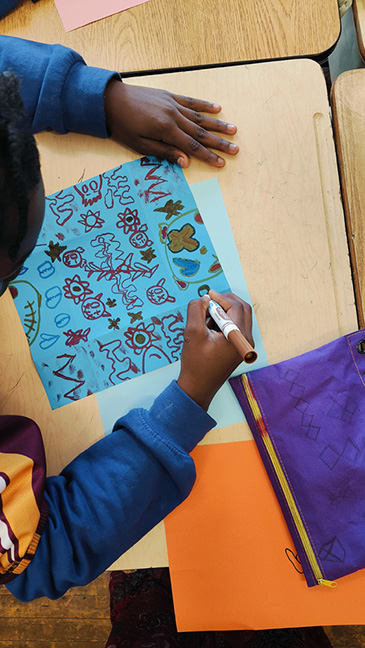
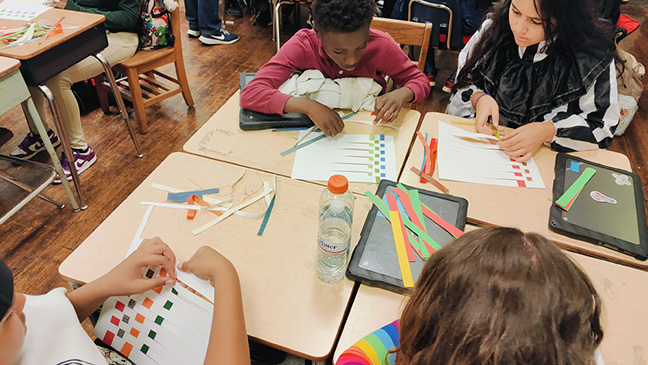
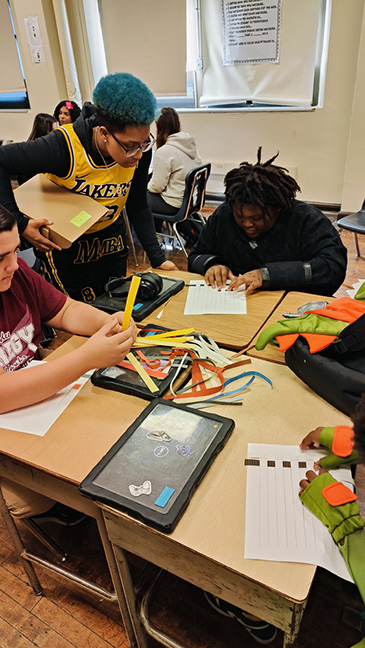
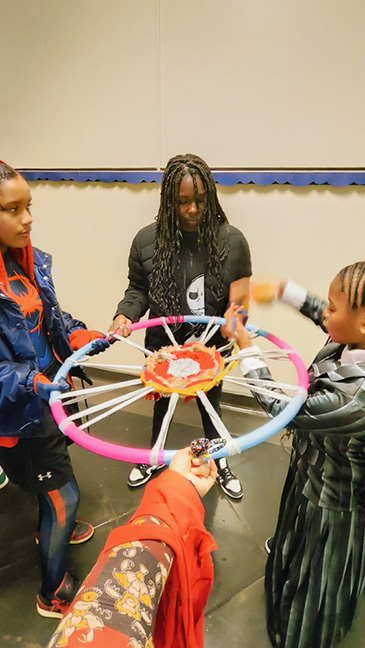
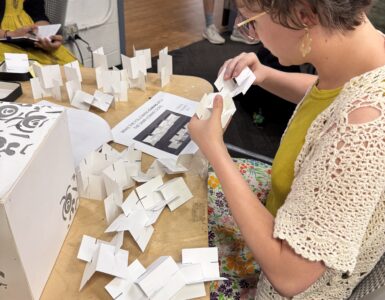
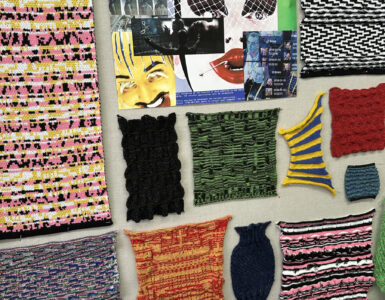
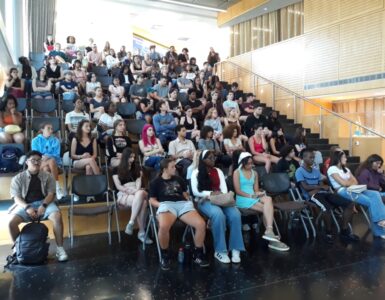


Add comment